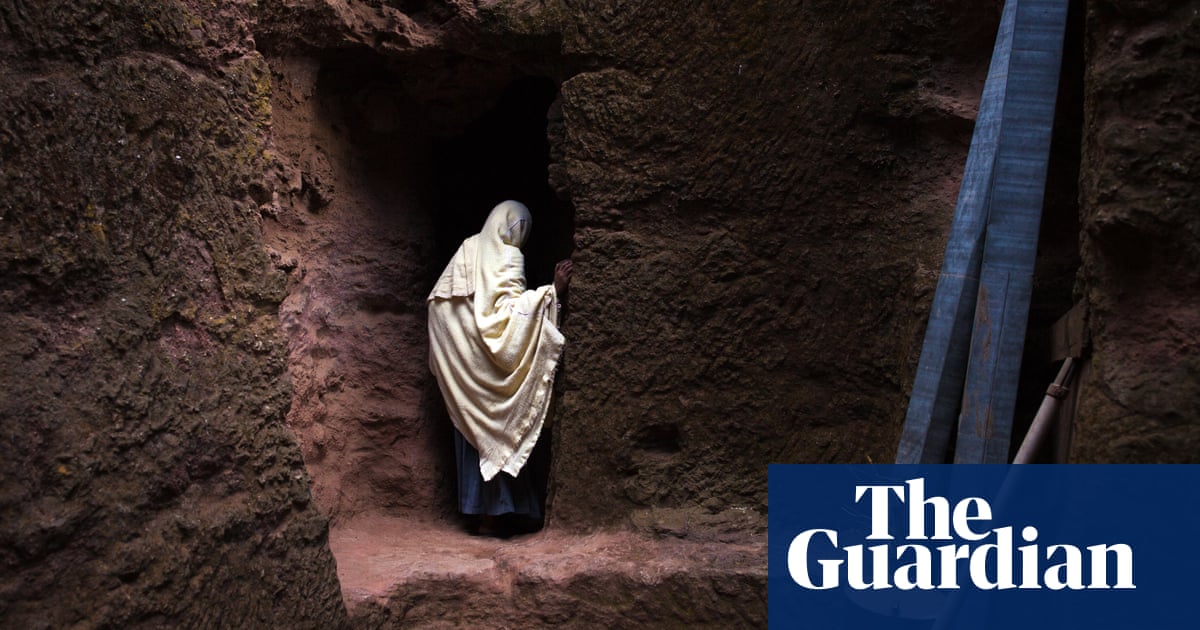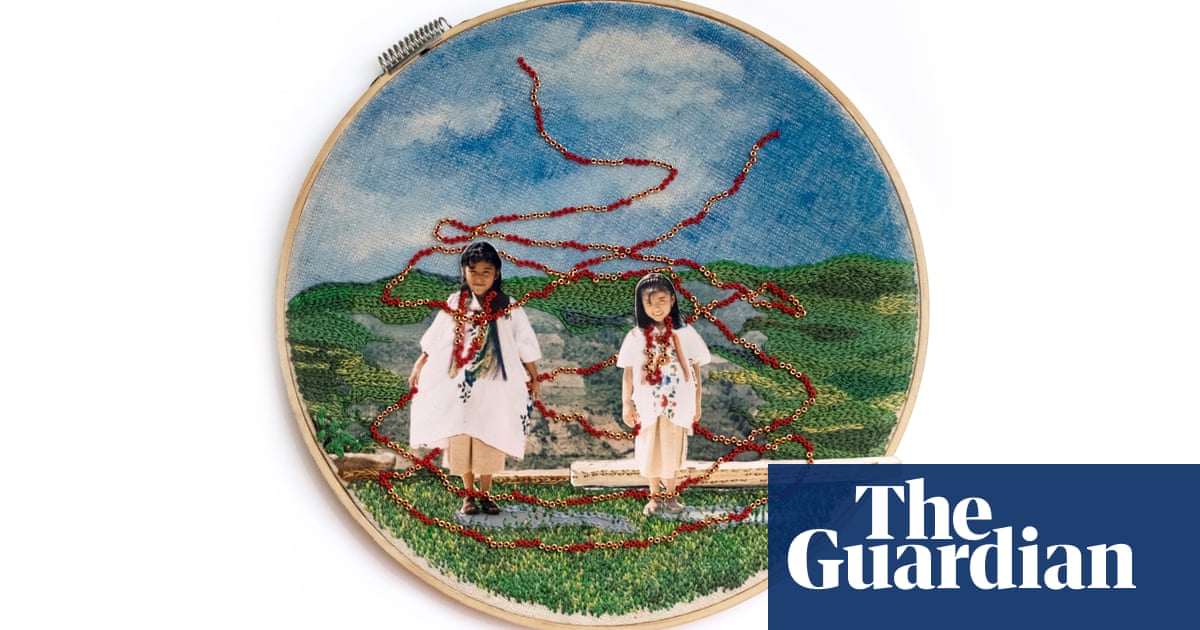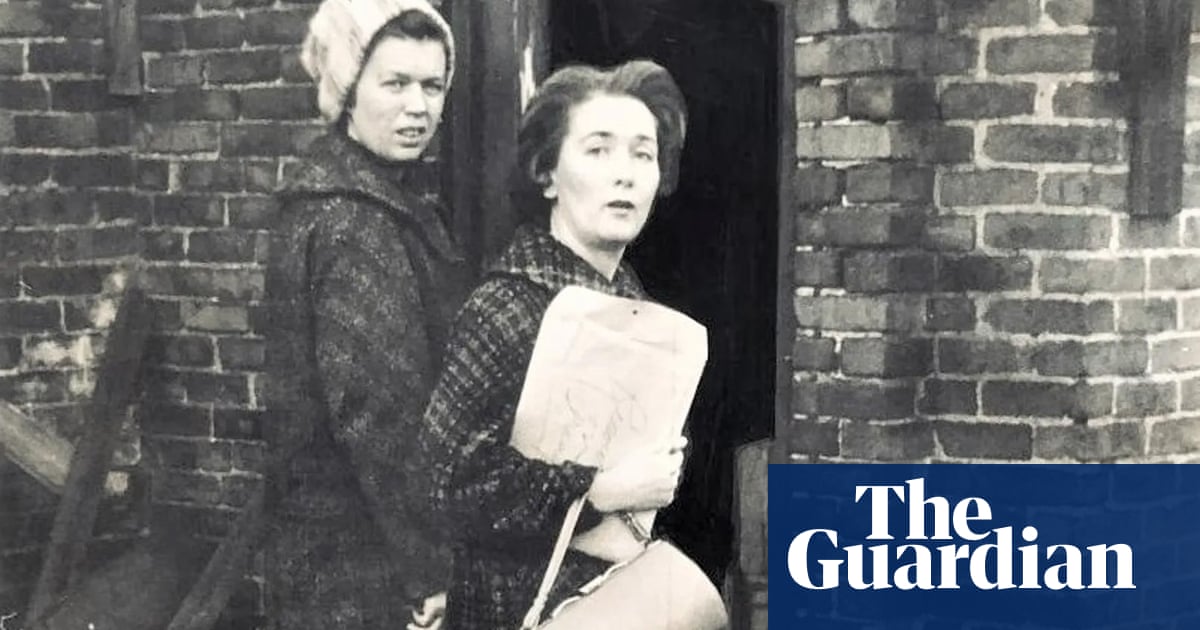
Like many Ethiopians, I grew up hearing about the churches of Lalibela. Carved out of rock in the 13th century and said to have been built with the help of angels, the 11 Unesco-listed churches in the mountainous Amhara region remain a revered pilgrimage site for Orthodox Christians in Ethiopia. Embedded in my early childhood memory were images from this holy site that often graced Ethiopian Airlines’ Selamta magazine. But it was not until my 20s that I was able to travel the 600km from Addis Ababa to see them for myself.
I took this photograph in 2017 on my fifth trip there. It was part of a personal body of work titled The Faithful, which delves into the Ethiopian Orthodox faith and its significance in society. As I wandered through the sacred sites, a veiled woman walked past me. Our encounter was fleeting, and I couldn’t see her face. But there was something intriguing about the way she carried herself.
Pilgrims come to these churches seeking to connect with their creator, in search of answers and meaning. Often, they embark on this spiritual journey during times of distress or for meditative prayer. My brief encounter with this woman lasted just a few seconds, yet that brief moment seemed to encapsulate the depth of her pilgrimage.
My parents took me to church on Sundays as a child, but my curiosity and appreciation for Orthodox places of worship has deepened with time. These sites are not just about prayer, but identity too, and the significance of faith and religion in Ethiopian society and our connection with the past.
Lalibela has been well documented by tourists and foreign photographers, but I wanted to present and interpret the story of the churches from my perspective as an Ethiopian.












